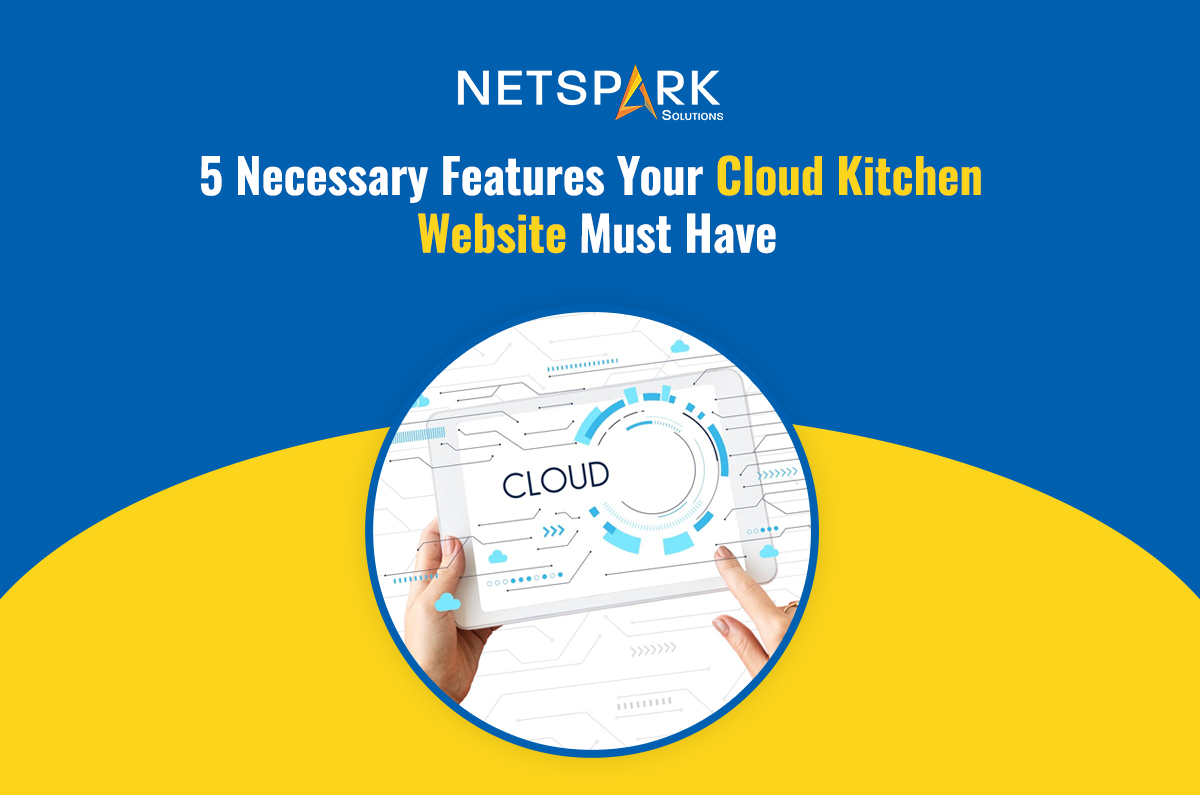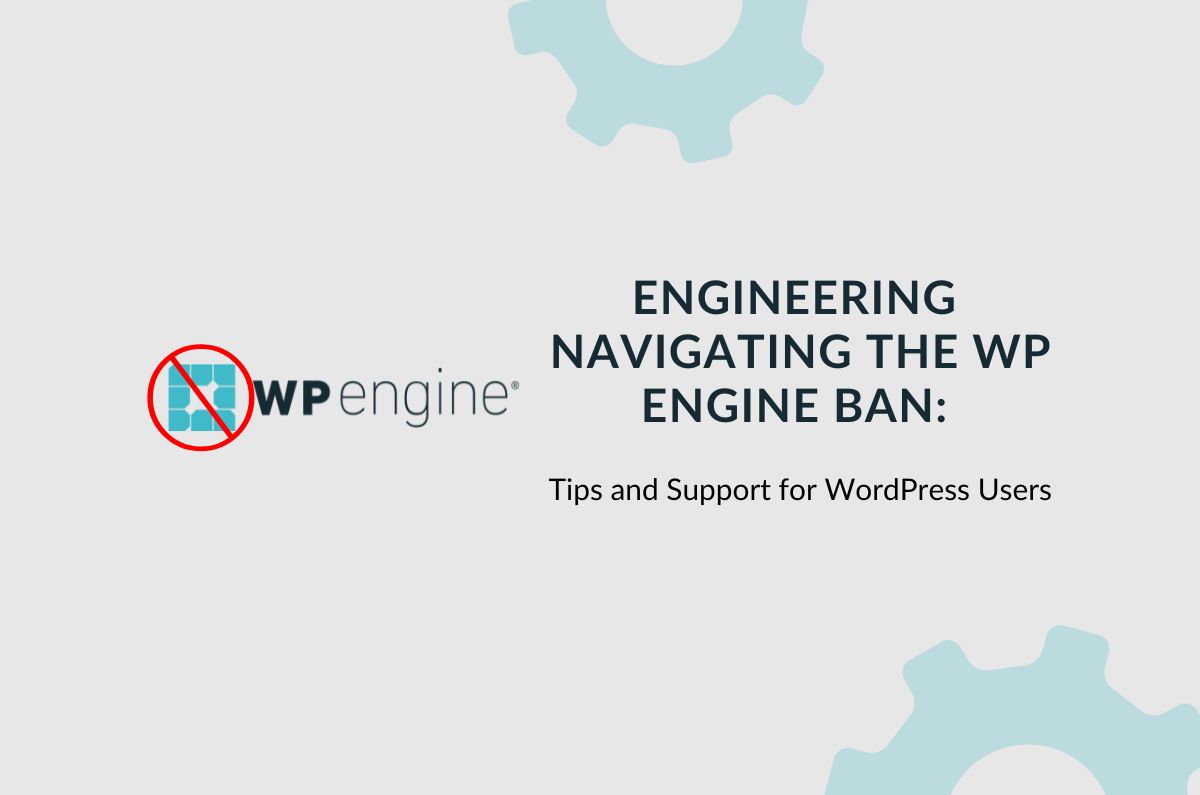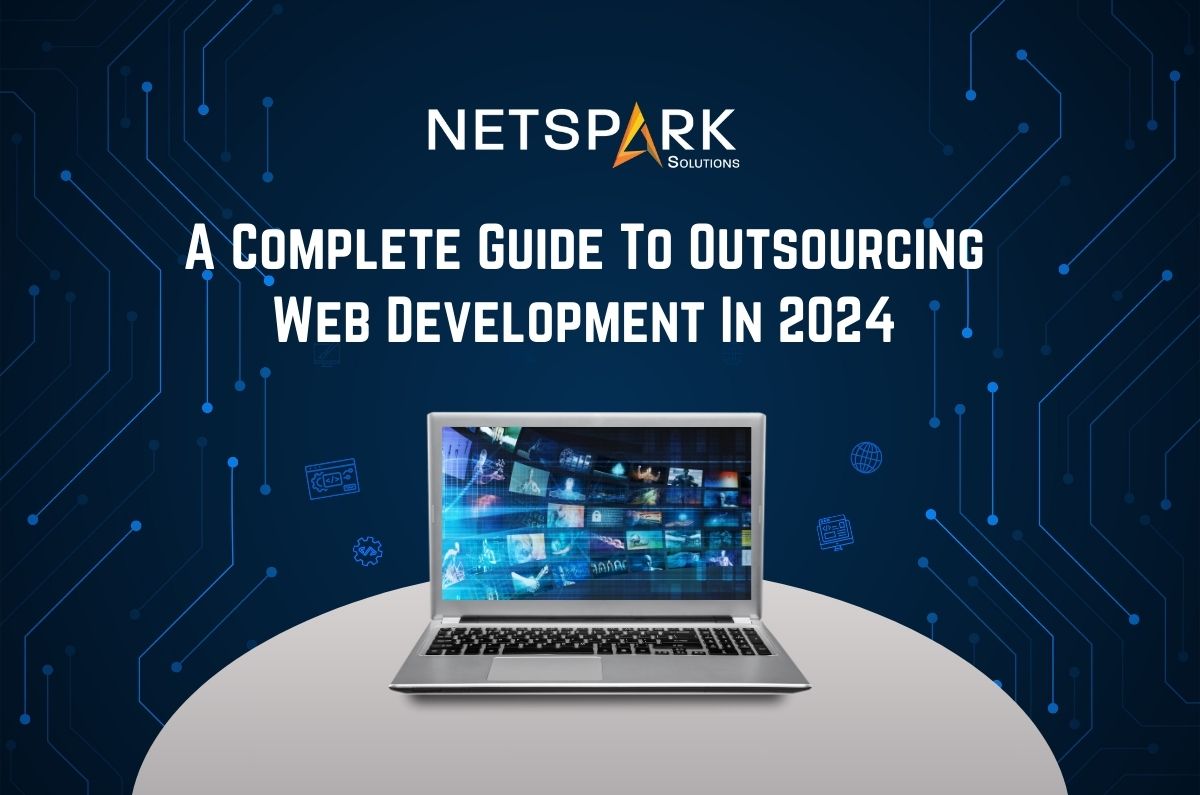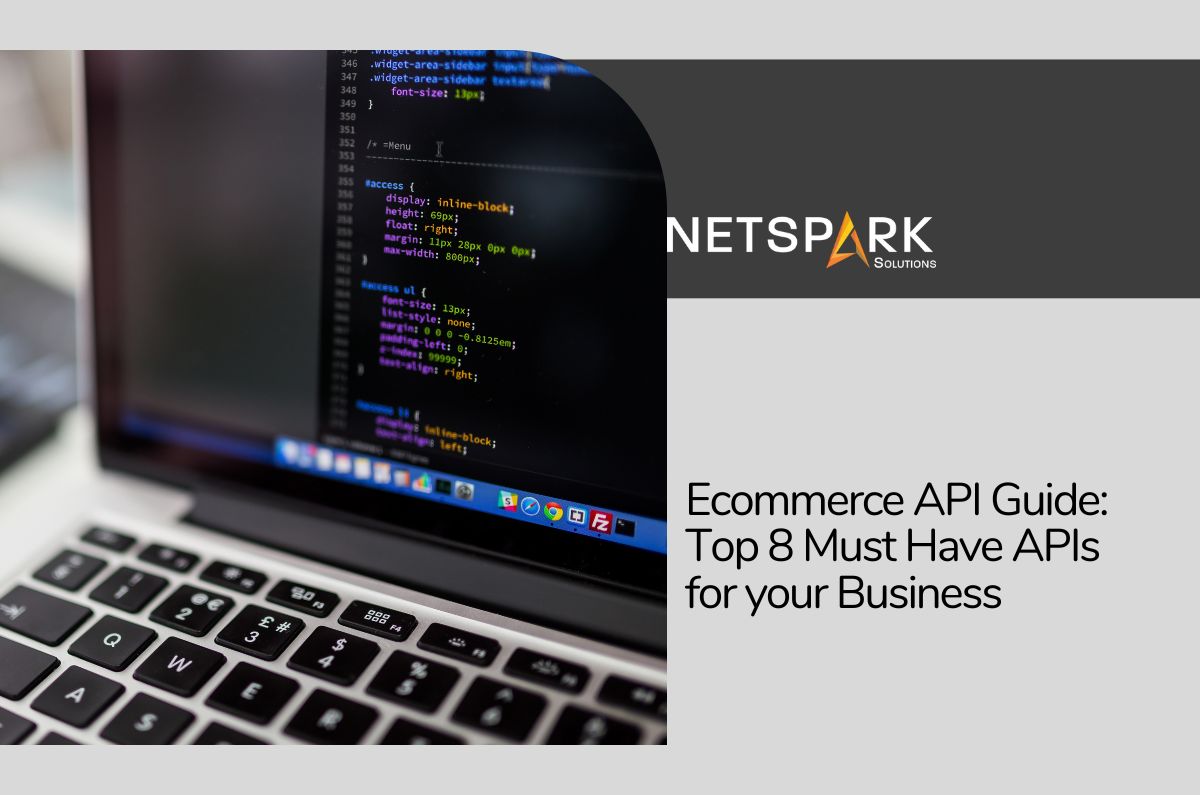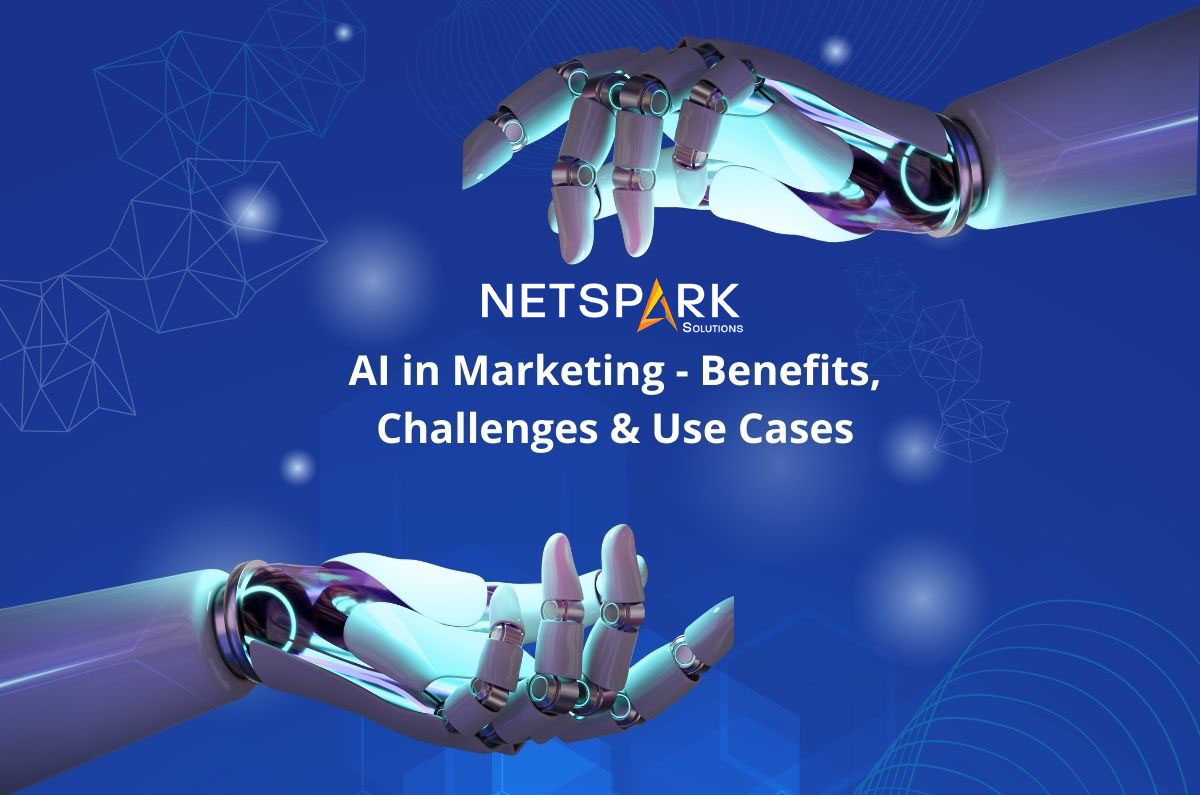Cloud kitchens have gained immense popularity in recent times. Their low operational cost and higher demand make them a profitable business opportunity for any entrepreneur. Unlike a physical restaurant, you don’t need a large setup to run a cloud kitchen. You can easily manage your business from your kitchen with a few ingredients.
Of course, you’ll rely on third-party food delivery platforms or aggregators to reach your customers. But, since the competition is relatively higher, there’s a huge probability that these customers may never find your business on these platforms. This is why building a strong overall online presence is necessary to run a successful cloud kitchen business. You can use the website to share your menus, highlight your story, and even accept orders from the local customers. It can also give you a competitive advantage in the market and help you establish a long-term customer-base.
You can also use the website to share reviews and build a stronger brand authority. In this guide, we have put together a list of 5 necessary features you must integrate into your website to make it user-friendly and gain better exposure.
1. Intuitive User Interface and Mobile-Friendliness
First impressions matter, and your website is often the first point of contact between your cloud kitchen and potential customers. Therefore, it’s crucial to have an intuitive user interface (UI) that is easy to navigate. The website should prominently display your menu, pricing, and ordering options. A clean, organized layout with high-quality images of your dishes can entice visitors and encourage them to explore further.
Moreover, your website also needs to be mobile-responsive. Why? Because the majority of customers are likely to access your website on their mobile phones. As of 2023, more than 50% of Internet traffic is generated from mobile devices. With a significant portion of orders coming from smartphones and tablets, ensuring a seamless experience on all screen sizes is essential. Mobile responsiveness not only improves user experience but also helps with search engine rankings, as Google prioritizes mobile-friendly websites in search results. In fact, it treats mobile-friendliness as one of its top 3 search engine ranking signals.
So, when you hire a web design and development company to build a website for your cloud kitchen, make sure to look for partners who have expertise in building responsive mobile-friendly websites.
2. Streamlined Ordering and Checkout Process
As we mentioned earlier, you can also set your website as the digital storefront to accept orders from customers. A seamless ordering and checkout process is the backbone of any cloud kitchen website. Customers should be able to browse your menu, customize their orders, and complete the transaction with minimal friction.
Here are a few tactics that’ll help.
User-friendly Menus
Provide concise yet informative descriptions for each item on the menu. Include ingredients, cooking methods, and any special features to help customers make informed choices. High-resolution images of dishes can entice customers and help them visualize what they’re ordering. Organize the menu into logical categories (e.g., appetizers, mains, desserts) and use filters like cuisine type or dietary preferences to facilitate quick browsing.
Customize Options
Ensure that the customization process is intuitive and user-friendly. Use drop-down menus, checkboxes, or interactive elements to allow customers to easily modify their orders. If applicable, show a visual representation of how customizations will affect the dish (e.g., a pizza with selected toppings). Display any price changes in real-time as customers make customizations, so they are aware of the cost implications.
Guest Checkout
While encouraging customers to create accounts can be beneficial for marketing and order tracking, always provide a guest checkout option for those who prefer not to register.
3. Real-Time Order Tracking
One of the advantages of cloud kitchens is the convenience of knowing exactly when your meal will arrive. Providing real-time order tracking is a feature that can set your cloud kitchen website apart from the competition. Customers should be able to monitor the progress of their order, from preparation to delivery, on a map or through status updates.
Integration with third-party delivery services like UberEats or DoorDash can enhance this feature further, as customers can track their delivery driver’s location in real-time. Real-time tracking not only keeps customers informed but also builds trust and reduces anxiety about delivery times.
4. Provide Multiple Payment Options
Cloud kitchens, like any other online business, benefit from offering multiple payment options on their website. Different customers have different payment preferences. Some prefer to pay with credit or debit cards, while others might favor digital wallets like PayPal, Apple Pay, or Google Pay. Some customers may even prefer cash on delivery. By offering multiple payment options, you cater to a wider audience and make it more convenient for customers to complete their orders in their preferred way.
Cloud kitchens often serve a diverse customer base, including people from various regions and countries. Payment methods can vary significantly between regions. Providing multiple payment options allows you to accommodate customers from different geographical locations, ensuring that payment is not a barrier to ordering from your cloud kitchen.
Providing a range of trusted and secure payment options can enhance the trustworthiness and credibility of your cloud kitchen website. Customers are more likely to feel secure and comfortable when they see familiar and reputable payment methods, which can lead to increased trust in your brand.
5. Reviews and Ratings
Customer feedback is invaluable for any business, and cloud kitchens are no exception. Incorporate a review and rating system into your website to allow customers to share their experiences. Positive reviews and high ratings can build trust and credibility, while constructive feedback can help you identify areas for improvement.
Ensure that the review system is user-friendly, and consider implementing a moderation system to filter out spam or inappropriate content. Responding to customer reviews, whether positive or negative, shows that you value their input and are committed to delivering a high-quality dining experience.
Conclusion
A successful cloud kitchen website must prioritize user experience, streamline the ordering process, offer real-time tracking, facilitate customer feedback, and incorporate effective marketing strategies. By implementing these five necessary features, your cloud kitchen can not only survive but thrive in the ever-evolving world of online food delivery. Remember that ongoing optimization and adaptation to changing consumer preferences are key to long-term success in the cloud kitchen industry. Hire our web development experts and let us build a feature-packed website for your cloud kitchen business.

